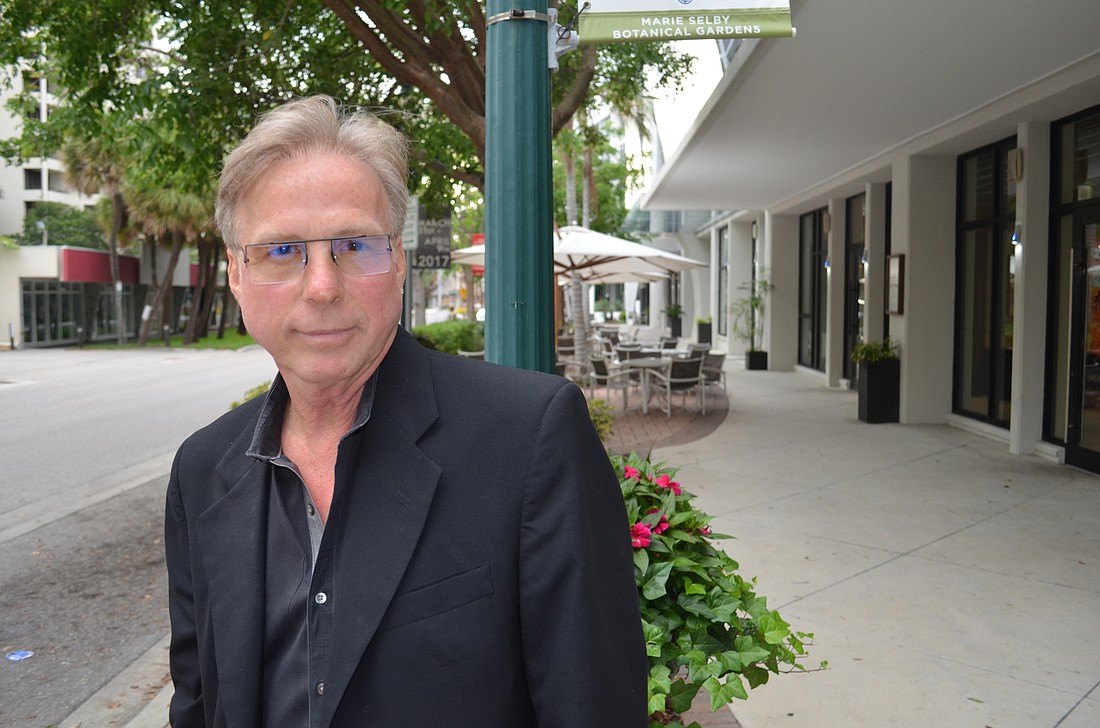- July 26, 2024
-
-
Loading

Loading

As a downtown merchant and property owner, Eileen Hampshire is a strong believer in the power of advertising.
That’s why, as a Downtown Improvement District board member, Hampshire asked the group to consider developing a comprehensive strategy for promoting businesses in the heart of the city. Her proposal was motivated not only by a desire to bring people downtown, but also by her concerns that the DID had historically spent too much money on advertising.
After its formation in 2008, Hampshire said the DID invested its advertising dollars in a piecemeal fashion. She hoped the board could find a more cohesive approach that resulted in more efficient spending.
“What happened typically is, someone who knew the chair came in with XYZ magazine, and we gave them $70,000,” Hampshire said. “Then somebody else came in with another magazine, because they heard there was gold in them thar hills.”
The DID’s approach to advertising was the focus of a Tuesday meeting, at which the Sarasota Downtown Merchants Association requested a $40,000 investment in a yearlong television advertising campaign.
Ron Soto, who serves as the DID chairman and president of the merchants group, called the television commercials an essential piece of a strategy for standing out among neighboring commercial districts.
The merchants association intends to spend $40,000 of its own money on the campaign as well, Soto said. Bill Kinney, the director of Paragon Fine Art Festivals and a frequent partner of the merchants association, appeared at Tuesday’s meeting to speak about the efficacy of TV advertisement and the urgency of the cause.
“It’s imperative that we compete with Lakewood Ranch, (University Town Center), Englewood and Venice,” Kinney said. “There’s only so many dollars, especially in season.”
Outside of Soto, though, the DID board was hesitant to fully commit to the campaign. Hampshire continued to advocate for a more comprehensive strategy, developed in cooperation with other downtown stakeholders. Board member Ernie Ritz feared Soto had a conflict of interest representing both groups, though DID Operations Manager John Moran said Soto wasn’t violating any regulations by leading the discussion.
Mark Kauffman has been the loudest skeptic on the DID board regarding the importance of advertising spending. He said he was willing to commit $10,000 toward the TV campaign, but he thought the DID’s money would be better used on infrastructure projects — something no individual business could do on its own.
“I don’t want this DID board to turn into an advertising board, which it was when I first joined,” Kauffman said.
Soto pitched the TV campaign as an opportunity to move quickly to promote the downtown area, hoping to start as soon as next month. He said there were difficulties coordinating with groups such as the Downtown Sarasota Association, which represents a larger segment of downtown than the DID does.
The DID has spent more than a year and about $15,000 working to develop a unified brand for downtown — an effort that has produced no actual marketing material promoting businesses within the district, Soto said.
Moran said when the DID formed in 2008, property owners contributing to the taxing district ranked promotion as a top-three priority. The board agreed to revisit the topic at next month’s board meeting, asking the merchants association to provide more detailed information about the advertising strategy.
Despite the concerns from the rest of the board, Soto said more advertising could be a boon for downtown businesses, particularly heading out of season.
“You’re seeing a lot less Ohio tags; you’re seeing a lot less Michigan tags,” Soto said. “This is the skinny times.”